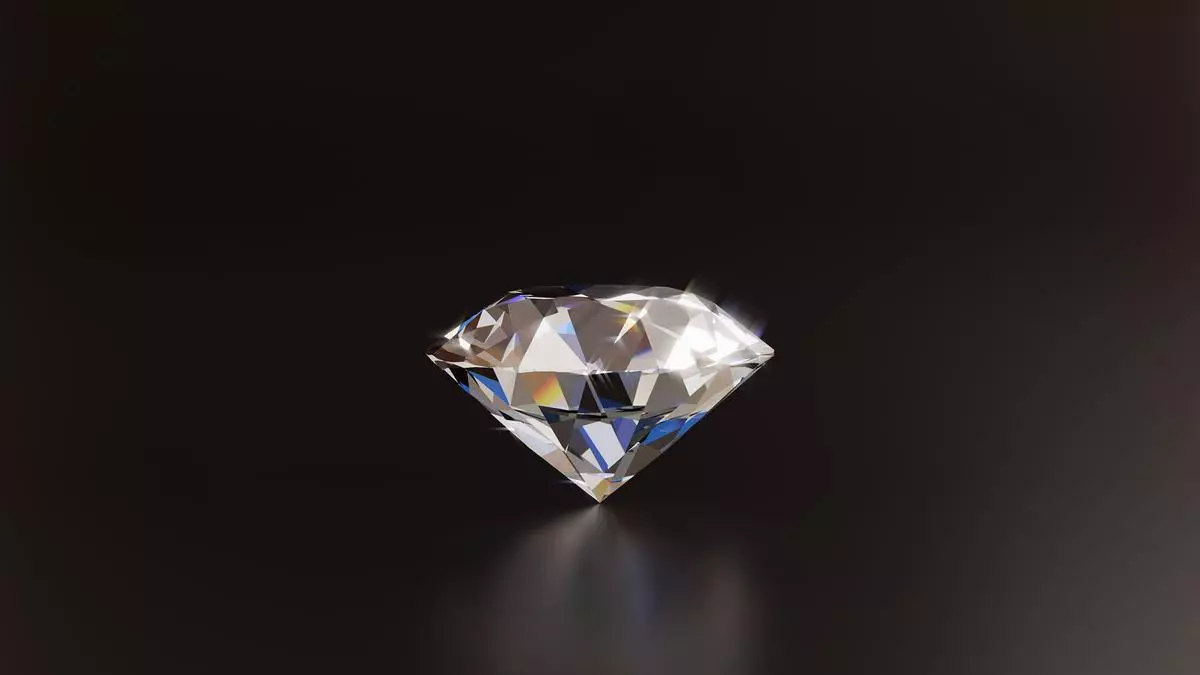Bhathwari Technologies Pvt Ltd, a company in Surat that synthesises diamonds using the chemical vapour deposition (CVD) technique, recently signed a memorandum of understanding with IIT-Delhi for the development of diamond-based deep ultraviolet (UV) photodetectors for the first time in India.
A photodetector senses light and converts it into an electrical signal. When UV light hits the photodetector’s surface, it generates a small current or voltage, which can be measured. Diamond-based photodetectors can sense deep UV light because of diamond’s high sensitivity to UV photons, and they are resistant to damage from harsh environmental conditions (such as radiation and heat).
Deep UV photodetectors find application in areas such as UV imaging, secure communication, biological detection, military detection, and so on. The advantage in these photodetectors is their highly selective photo response in the deep UV region, and high efficiency at room and higher temperatures.
Under the collaboration, Bhathwari Technologies will provide high-quality CVD-grown diamond samples to IIT-Delhi. The researchers involved in the design and development of the UV photodetectors are led by Prof Rajendra Singh from the physics department.
Prof Singh’s research group has a long-standing experience in developing UV and deep UV photodetector technology based on wide bandgap semiconductor materials such as gallium nitride, aluminium gallium nitride, aluminium nitride, and gallium oxide.
Industry-academia tie-up
Bakul Bhai Limbasiya, Chairman of Bhathwari Technologies, says, “We had synthesised the first lab-grown diamond (LGD) in India in 2001 and have since been actively engaged in developing the CVD reactors and related technology for LGDs.”
Diamonds have an ultra-wide bandgap — namely the energy difference between the valence band, where electrons are bound to the atoms, and the conduction band, where electrons are free to move and therefore conduct electricity.
A material with a wide bandgap, such as diamond, can withstand very high voltages and temperature. This makes it ideal for high-performance electronics.
Diamond-based photodetectors are particularly responsive to deep UV radiation — they can, therefore, sense even low levels of UV radiation.
Furthermore, diamond’s structural properties allow for high-signal accuracy with minimal background ‘noise’.
As such, diamond-based deep UV photodetectors can be used to monitor ozone layers, for instance.
They are suitable for defence and space applications, says a press release from IIT-Delhi.
